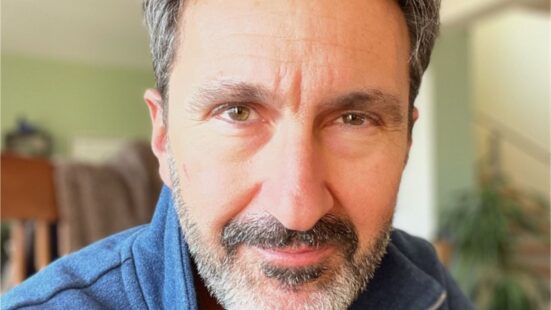
Thierry Duvanel, Director of Innovation at the Buhler Group gives real-world examples of sustainability goals being met and measured at the company in scopes 1, 2, and 3. A beacon for other supply chain companies to meaningfully contribute to positive planetary change, Buhler is leading in cleaning up the food systems supply chain. Thierry explains how on this episode of The Plantbased Business Hour.
Specifically, we discuss,
- Buhler’s shift to sustainability and the extent of the capital requirement,
- How important is it to understand scopes 1, 2, 3 and the important of supply chain in the environmental equation,
- The growth and impact potential of the alternative protein’s supply chain and
- The business advantage from having good sustainability numbers.
Below is a highlight clip and transcription from our long-form conversation.
Elysabeth: I want to bring in my guest today who is the Director of Innovation, Thierry Duvanel, from Buhler Group.
Thierry Duvanel: At the center you have scopes 1 and 2 which are about the greenhouse emissions that are generated within an operation unit. So within a factory or within an organization like a company.
Scope 1 is the direct emissions. That’s everything that is related to the activities of the company itself. And scope 2 is indirect. It’s all of the carbon or greenhouse gasses which are “hidden” behind. It’s essentially the use of electricity, steam, heating, and all the energies that are required to run that business. This is the footprint of the company itself or the organization itself.
Now we know that there are emissions upstream and downstream, and this is what scope 3 is about. Scope 3 is about measuring what is from the upstream part. It’s all of the greenhouse gasses hidden again in the purchased goods and all the logistics. So, think of all the raw materials that, whatever the industry is about, all the raw materials and all the inputs that are needed in order to provide either a service or a product. Then you have from the downstream, which is on the right side of the slide here, the use of the products that the industry is providing. It can be used in terms of food. So, generating waste, hopefully not too much, but it could also be the use of the equipment.
So, these three families, scope 1 and 2 are grouped together in the middle, and then scope 3 upstream and scope 3 downstream form a picture that any industry can build. Any unit, any industrial environment can build this in order to have an understanding of what the greenhouse gas emissions are and therefore having an understanding of where they should act.

New episodes are out every week. Never miss the Plantbased Business Hour or Minute. Subscribe on iTunes and Youtube, and sign up for the newsletter. Follow Elysabeth on Linkedin. For information on Plant Powered Consulting, click here.



